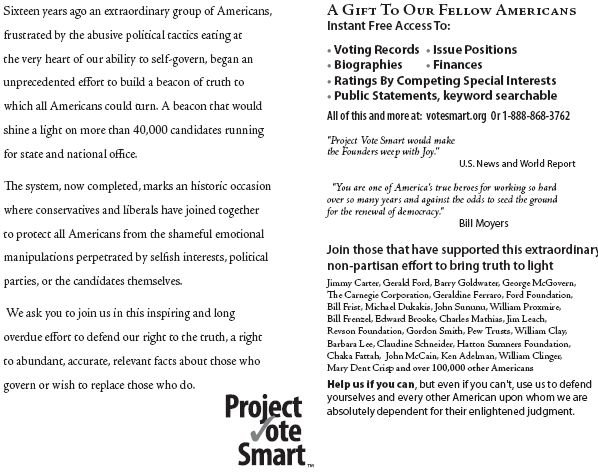President Barack Obama, in discussing the $800+ billion economic stimulus package now working its way through Congress, promised that "we will invest in what works." Well, if that's true, every piece of education spending -- totaling a whopping $150 billion -- in the mammoth spending bill should fall by the wayside, say Neal McCluskey, an associate director of the Cato Institute's Center for Educational Freedom.
More and better education may indeed be a good thing, but government spending doesn't give us that. What it gives us is more waste:
- The average, inflation-adjusted, per-pupil expenditure in the United States was $5,393 in 1970 according to the U.S. Department of Education's Digest of Education Statistics.
- By 2004 it had more than doubled to $11,470.
- Between 1973 and 2004 mathematics scores on the National Assessment of Educational Progress rose just one percent for 17-year-olds.
- And math achievement was the good news. Between 1971 and 2004, their reading scores were completely flat.
- According to the State Higher Education Executive Officers, the overall trend for state and local expenditures per full-time-equivalent college student held steady at around $7,000 over the past 25 years.
- Enrollment, however, increased by more than a third, inflating the overall taxpayer bill.
- And student aid -- most of which came through government -- nearly tripled, hitting $10,392.
- Forty percent of people whose highest educational attainment was a bachelor's degree were proficient readers in 1992 according to the National Assessment of Adult Literacy; by 2003, only 31 percent were.
- For Americans with graduate degrees, 51 percent were proficient readers in 1992, but 11 years later, only 41 percent were.
- This lack of improvement is not limited to reading; between 1992 and 2003 bachelor's degree holders saw no change in quantitative proficiency, and graduate scores dropped.
READ MORE













No comments:
Post a Comment